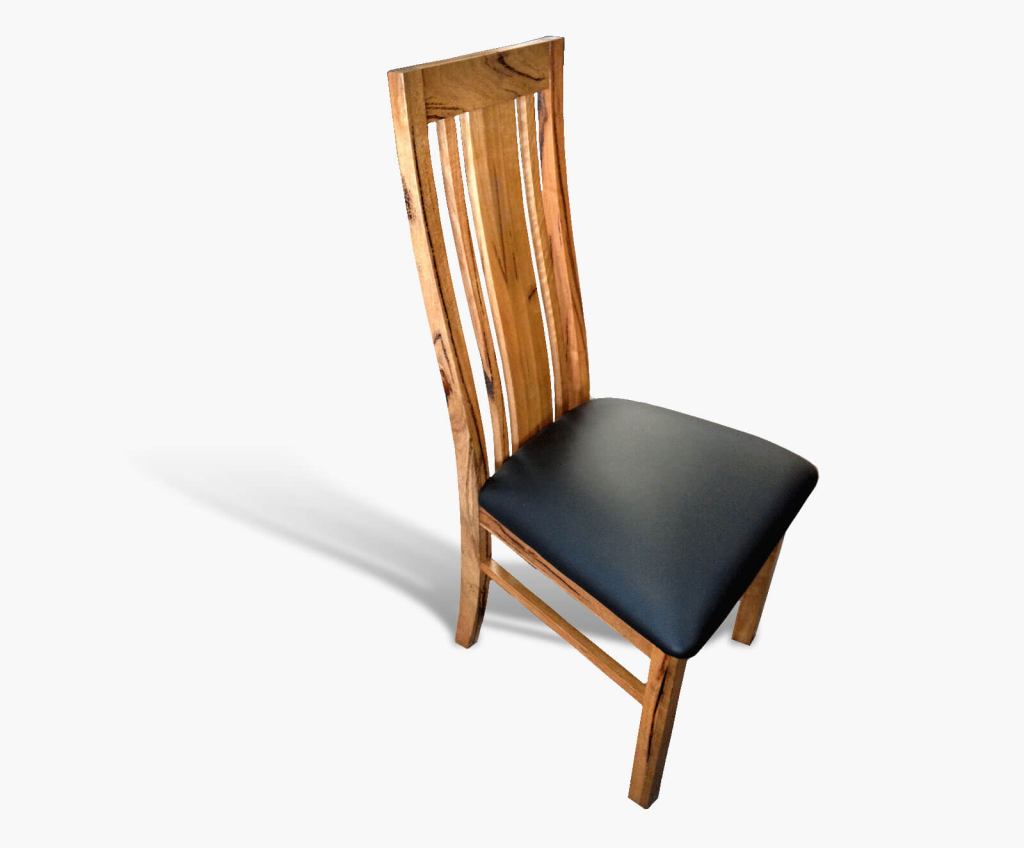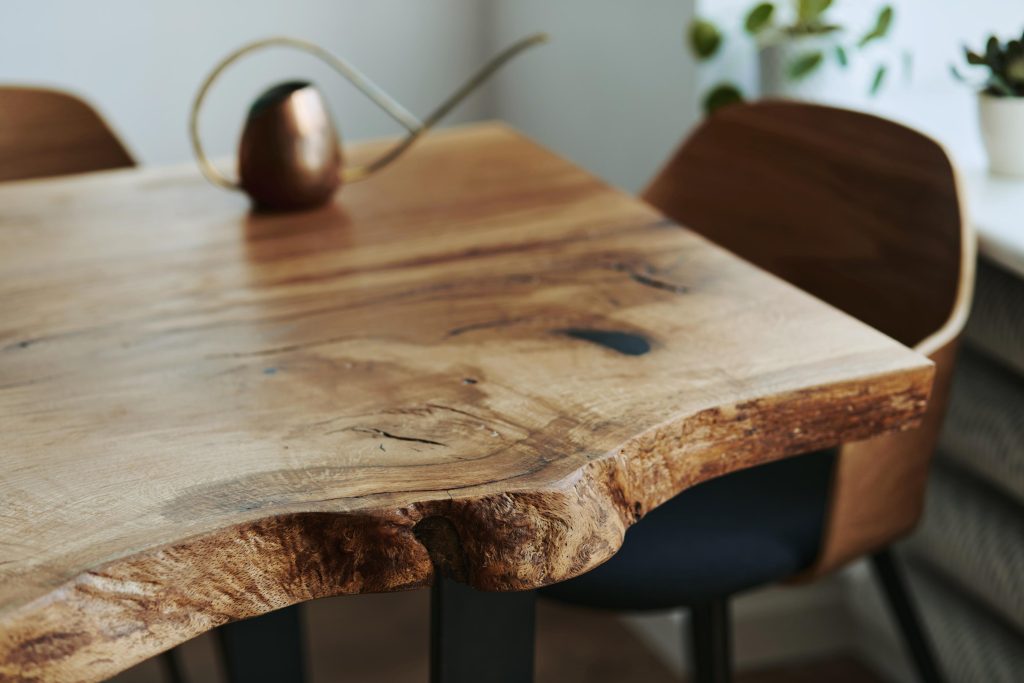Is Tasmanian Oak Good for Furniture? Everything You Need to Know about Tasmanian Oak

When it comes to choosing the right wood for your furniture, the options can seem endless. Each type of timber has its own unique characteristics, making it suitable for different kinds of projects and uses. One such timber that often garners attention in the world of high-quality furniture is Tasmanian oak. If you’ve ever wondered, “Is Tasmanian oak good for furniture?” you’ve come to the right place! In this well-varnished guide, we’ll explore everything you need to know about Tasmanian oak and why it might just be the perfect choice for your next furniture piece.
What is Tasmanian oak?
Tasmanian oak is not a single tree species; rather, it’s a collective term for a group of Eucalyptus species native to southeastern Australia. These species include Eucalyptus regnans (Mountain Ash), Eucalyptus obliqua (Messmate), and Eucalyptus delegatensis (Alpine Ash). Mainly grown in the cooler climates of Tasmania, Tasmanian oak is renowned for its versatility, durability, and beautiful stylistic qualities.

Characteristics of Tasmanian oak
Tasmanian oak is known for its light and warm colouration, typically ranging from pale cream to golden honey with a hint of pinkish-red tones. This light hue makes it an excellent choice for both modern and traditional furniture styles, as it can brighten up a space and complement a wide range of interior designs. The timber also features a fine and even texture with a straight grain, although it can sometimes exhibit attractive wavy patterns, adding to its visual appeal.
The wood is moderately dense and relatively easy to work with, making it a favourite among furniture makers. Its denisty provides a good balance between being tough enough to withstand wear and tear while being workable for intricate designs and joinery.
Why Tasmanian Oak is a great choice for furniture?
Durability and strength
A key factor when selecting wood for furniture is its durability and strength, and Tasmanian oak excels in both areas. It is classified as hardwood, meaning it comes from broadleaved trees and has a denser structure than softwoods like pine or balsa, making it resistant to dents and scratches–which is particularly important for furniture that will see daily use.
Tasmanian oak also has an excellent resistance to warping and twisting, which can sometimes be an issue with other types of wood, especially those in environments with fluctuating temperatures and humidity levels. This stability ensures that your furniture will maintain its shape and structural integrity over time, making it a wise investment for the long term.
Aesthetic appeal
Tasmanian oak is an ideal choice for furniture design, offering both visual appeal and high quality as a timber. The wood’s light colour and fine grain make it an incredibly versatile material that can be used to create a wide range of furniture styles, from sleek, modern pieces to more traditional designs.
Additionally, Tasmanian oak takes stains and finishes exceptionally well, allowing you to personalise your furniture to suit your style or fit beautifully with your existing décor. Whether you prefer a natural, clear finish that highlights the wood’s natural beauty or a darker stain that gives it a more luxurious appearance, Tasmanian oak can deliver the look you desire.
Sustainability
In today’s eco-conscious world, sustainability plays a key role in selecting materials for furniture. Tasmanian oak is a sustainable option for several reasons. It’s commonly sourced from responsibly managed forests in Tasmania and southeastern Australia, where logging practices are carefully regulated to protect the long-term health of these forests.
Furthermore, Tasmanian oak’s durability means that furniture made from this wood is built to last. This longevity reduces the need for replacement and contributes to a more sustainable furniture market overall. In our Perth-based workshop, we also make a conscious effort to source recycled Tasmanian oak whenever possible, further reducing the environmental impact and giving new life to old timber.
Workability
From a furniture maker’s perspective, Tasmanian oak is a dream to work with. Its moderate density means it’s not too hard to cut, shape, or join, yet it’s sturdy enough to hold up well in the finished product. Whether you’re looking to craft a beautifully detailed dining table, a minimalist bookshelf, or a comfortable bed frame, Tasmanian oak can handle the job.
The wood’s fine grain also makes it ideal for carving and detailed work, allowing for the creation of intricate patterns and designs that add a unique touch to your furniture. Moreover, Tasmanian oak responds well to both hand tools and machinery, making it a flexible option for different types of craftsmanship.

Versatility
One of the standout features of Tasmanian oak is its versatility. It can be used to create a wide variety of furniture pieces, including dining tables, chairs, bed frames, tv units, coffee tables, and more. Its lighter colouration makes it an excellent choice for large pieces of furniture, as it won’t overwhelm a space or make it feel too heavy.
As well as this, Tasmanian oak’s adaptability to different finishes and stains means it can seamlessly fit into various interior design styles. Whether you’re aiming for a rustic farmhouse look, a sleek modern look, or something in between, Tasmanian oak can fit into your vision with ease.
Comparing Tasmanian oak with other Australian timbers
While Tasmanian oak is a fantastic choice for furniture, it’s worth comparing it to other popular Australian solid timbers like Jarrah and Marri, both of which are also known for their beauty and durability.
Tasmanian oak vs. Jarrah
Jarrah is another high-quality Australian hardwood, known for its rich reddish-brown colour and incredible durability. It’s often used in outdoor furniture due to its natural resistance to decay and insect attack. However, its dark colour can be overwhelming in some indoor settings, and it can be harder to work with due to its density.
In contrast, Tasmanian oak offers a lighter, more versatile colour palette and is easier to handle during the manufacturing process. While Jarrah might be the better choice for outdoor furniture or areas where extreme durability is required, Tasmanian oak shines in indoor applications where its beauty and workability can be fully appreciated.
Tasmanian oak vs. Marri
Marri is another Western Australian hardwood, known for its distinctive grain patterns and striking colour contrasts between heartwood and sapwood. It’s often used for statement pieces where the natural beauty of the wood can be showcased. However, Marri can sometimes be more challenging to craft due to its tendency to have gum veins, which, while adding character, can also pose structural challenges.
Tasmanian oak, on the other hand, offers a more uniform appearance and is generally easier to craft, making it a more versatile option for a wide range of furniture types. While Marri is perfect for feature pieces that highlight the wood’s unique characteristics, Tasmanian oak is ideal for pieces where consistency and elegance are key.

Tips for caring for Tasmanian oak furniture
Investing in Tasmanian oak furniture is not just about adding beautiful, functional pieces to your home—it’s also about looking after pieces of your family that live on in these bespoke assets, preserved to be cherished for generations. To keep your Tasmanian oak furniture in pristine condition, proper care and maintenance are essential. Here’s how you can keep your furniture looking as stunning as the day you brought it home:
Regular dusting
Regular dusting is a simple yet effective way to care for your Tasmanian oak furniture. Dust particles can accumulate on the surface, leading to tiny scratches that dull the wood’s finish over time. To prevent this, use a soft, dry cloth—preferably microfiber, which traps dust rather than spreading it around. Gently wipe down your furniture at least once a week, paying attention to all surfaces, including edges and intricate details. Avoid using feather dusters, as they can sometimes push dust into crevices or inadvertently cause minor scratches.
Avoid direct sunlight
Tasmanian oak, like many natural materials, is sensitive to prolonged exposure to direct sunlight. UV rays can cause the wood to fade or discolour, diminishing its natural beauty. To protect your furniture, try to position it away from windows where direct sunlight streams in throughout the day. If moving the furniture isn’t an option, consider using curtains, blinds, or UV-protective window films to filter the sunlight. Rotating your furniture periodically can also help keep any exposure to sunlight evenly distributed, reducing the risk of uneven fading.
Use coasters and mats
Preventing damage from daily use is key to maintaining the longevity of your Tasmanian oak furniture. One of the most common causes of surface damage is moisture and heat from cups, glasses, and hot dishes. To protect your furniture, always use coasters under beverages and placemats or trivets under hot items. This simple practice can prevent unsightly rings, stains, and heat marks that can ruin the surface of the wood. Encouraging everyone in your household to adopt these habits will ensure the long-term preservation of your furniture’s finish.
Clean spills immediately
Accidents happen, and when they do, it’s crucial to address spills immediately to prevent lasting damage to your Tasmanian oak timber. Liquids, especially those that are acidic or contain tannins (like red wine or coffee), can quickly penetrate the wood’s finish if left unattended. To clean a spill, gently wipe the area with a soft, damp cloth, working from the outside of the spill inward to prevent spreading. Avoid rubbing, as this can push the liquid deeper into the wood. After wiping the spill, dry the area thoroughly with a dry cloth. It’s important to avoid harsh chemicals, abrasive cleaners, or excessive water, as these can strip the finish or cause the wood to swell and crack.
Reapply finishes as needed
Over time, the protective finish on your Tasmanian oak furniture may wear down due to regular use, cleaning, and exposure to the environment. To keep the wood looking its best and protect it from damage, you may need to reapply a finish every few years. The type of finish—whether it’s oil, wax, or varnish will determine the exact maintenance routine. For example, wax finishes might need to be reapplied more frequently than varnish. Always follow the manufacturer’s recommendations or consult with a professional before applying any new finish. Reapplying the finish not only restores the wood’s luster but also provides a renewed layer of protection against scratches, stains, and moisture.
Consider professional maintenance
While regular care can prevent most damage, there may be times when your Tasmanian oak furniture requires more extensive attention, such as deep scratches, dents, or refinishing. In these cases, it’s best to seek the expertise of a professional. Skilled furniture restorers can repair damage and refinish the wood in a way that preserves its natural beauty without compromising its integrity. Professional maintenance is especially recommended for valuable or antique pieces, where improper handling could lead to irreparable harm. By investing in professional care when needed, you can be sure that your timber furniture, made from Australian oak, continues to be a centrepiece in your home for many years to come.
Custom Tasmanian Oak Furniture in Perth
At our Perth-based workshop, we take pride in crafting high-quality furniture from Tasmanian oak, as well as other popular choices like Jarrah and Marri furniture. Our skilled craftsmen understand the unique properties of Tasmanian oak and how to work with it to create stunning, durable pieces that will grace your home for generations to come.
Whether you’re looking for a custom dining table, a stylish bed frame, or elegant chairs, we can design and build furniture that meets your exact specifications. We also offer a range of finishes to make sure your furniture perfectly complements your home’s décor.

New and recycled timber
Here at Jarrimber we also offer furniture made from recycled timber. Recycled Tasmanian oak carries a history within its grain, adding character and a sense of legacy to your timber furniture. By choosing recycled timber, you’re not only getting a unique piece of furniture but also contributing to a more sustainable approach to woodworking.
Enjoy timeless quality with Jarrimber
Our commitment to excellence means that every piece of furniture we create is a blend of expert craftsmanship, sustainable practices, and timeless design. Whether you’re furnishing a new home or looking to add a statement piece, we have bespoke solutions to elevate your living spaces. Contact us today and learn everything you need to know via our website or call us on (08) 9444 5728. We can’t wait to hear from you!
Share This




